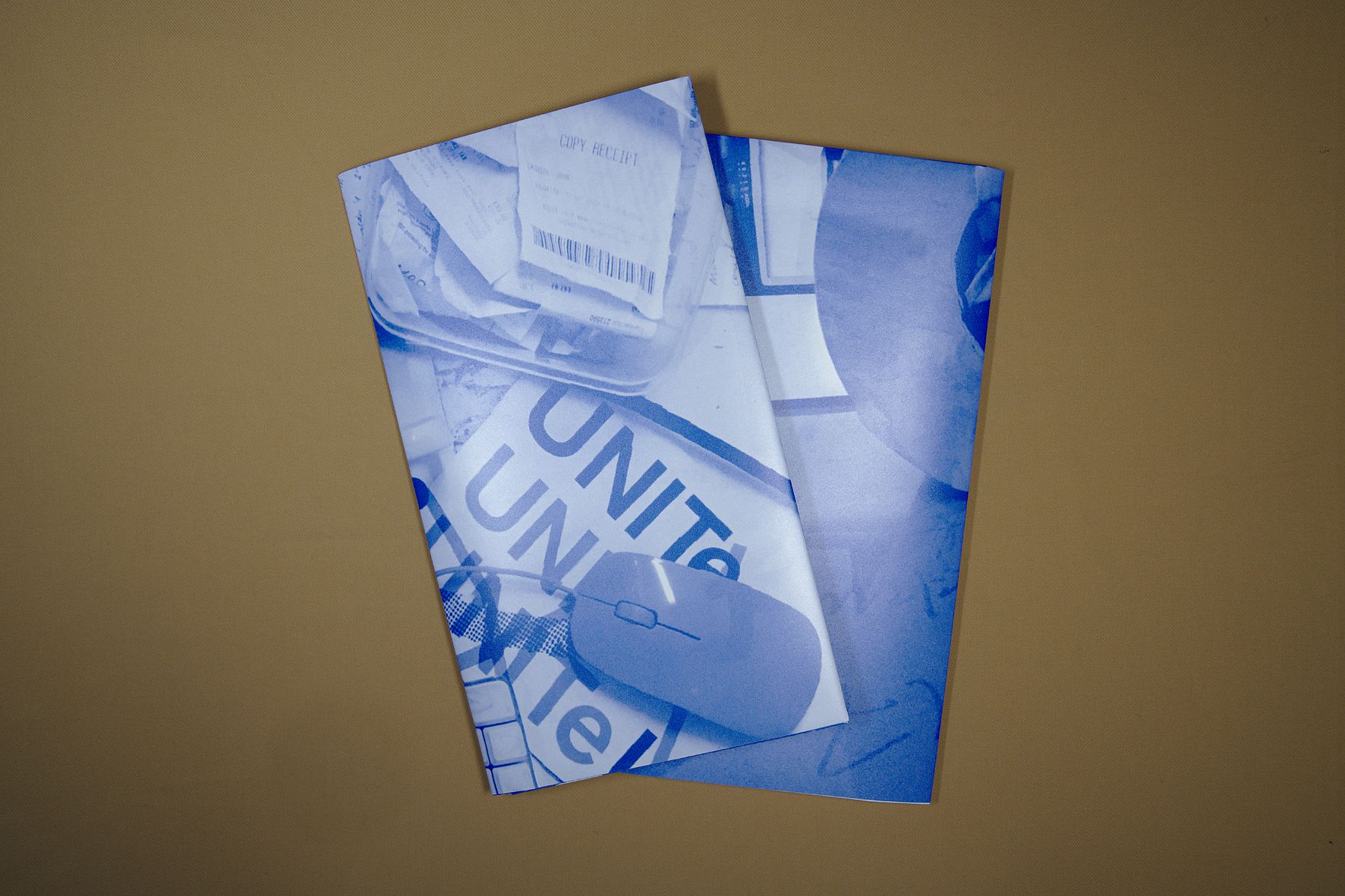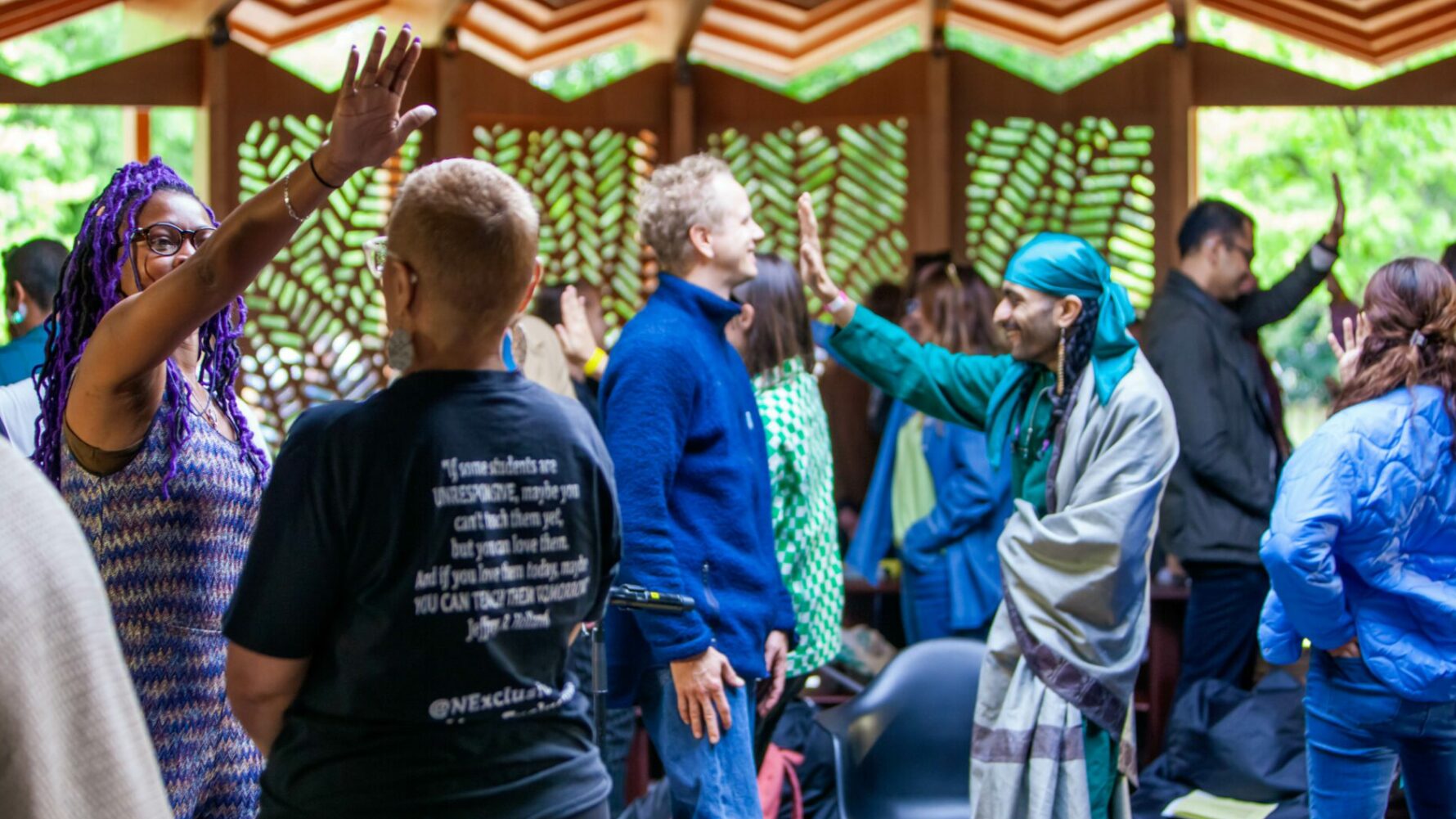WEEK9 PUBLISHING AS CURATING

The week9 seminar, Publishing as Curating, opened a portal into reimagining curation beyond physical spaces. Led by Adam Benmakhlouf, the session dissected how publishing — whether zines, toolkits, or experimental publications — can act as a radical curatorial practice.
Publishing as an Expanded Curatorial Space
One of the most striking takeaways was the idea that publishing is not merely an extension of an exhibition but a curatorial act in itself. Projects like The Phone is the Keyhole (Transmission Gallery, 2018) demonstrated how publishing allows marginalized voices to reclaim narratives while critiquing institutional burnout. Similarly, Serpentine’s How We Hold (2023) broke the mold of traditional exhibition catalogues by combining essays, toolkits, and archival materials into an evolving document of care and resistance.
This challenges me to rethink the lifespan and accessibility of exhibitions. Instead of treating a show as a fleeting experience, how can I create a publication—whether a zine, a QR-linked digital archive, or a tactile booklet—that extends engagement beyond the exhibition’s physical timeframe? I’m also considering how to embed publications directly into exhibition spaces, perhaps through wall texts as collaborative poems or QR codes linking to oral histories, making reading an active, embodied practice within the show.
Publishing as a tool for collective change
In addition to my own practice, the workshop highlighted the need for structural change within the collective, with Transmission’s experience highlighting the dangers of unpaid, invisible labour and the need for non-hierarchical organisation. Going forward, our collective could experiment with rotating curatorial roles and tracking contributions through transparent labour logs to ensure a fairer distribution of workload.
Publishing is also a way to strengthen our collective presence. Inspired by How We Hold, we could consolidate the content of each of our collective events and follow up with an electronic booklet, magazine, or podcast documenting our projects, turning each exhibition into part of a larger discursive network. Working with local libraries to archive our work could ensure that marginalised narratives are preserved beyond institutional gatekeepers.
Care as a Curatorial Infrastructure
Perhaps the most profound takeaway from this seminar was the idea that care should be embedded into curatorial practice—not as an abstract ideal but as a concrete infrastructure. This could mean allocating budgets for mental health resources, ensuring childcare availability during events, or hosting quarterly “care audits” to assess workloads and emotional labor distribution.
Week 9 dismantled the myth of curation as a neutral or purely aesthetic endeavor. Publishing, when approached critically, becomes a space to redistribute power, amplify refusal, and cultivate future imaginaries. It has challenged me to embrace mess, collaboration, and embodied knowledge in my own work. As Sara Ahmed reminds us, “new lines emerge when bodies take up spaces they were not meant to inhabit.” Let’s keep drawing those lines—across galleries, pages, and beyond.
References
Medium. Publishing as Artistic Practice. Accessed March 20, 2025. https://medium.com/@delphinebedel/publishing-as-artistic-practice-9a80153abd73.
Serpentine. How We Hold: Rehearsals for Art and Social Change. Accessed March 20, 2025. https://www.serpentinegalleries.org/whats-on/how-we-hold-rehearsals-for-art-and-social-change/.
The Phone is the Keyhole; The Penpot, the Heart. Accessed March 20, 2025. https://hvm-books.com/publications/the-phone-is-the-keyhole-the-penpot-the-heart.
(https://hvm-books.com/publications/the-phone-is-the-keyhole-the-penpot-the-heart)





